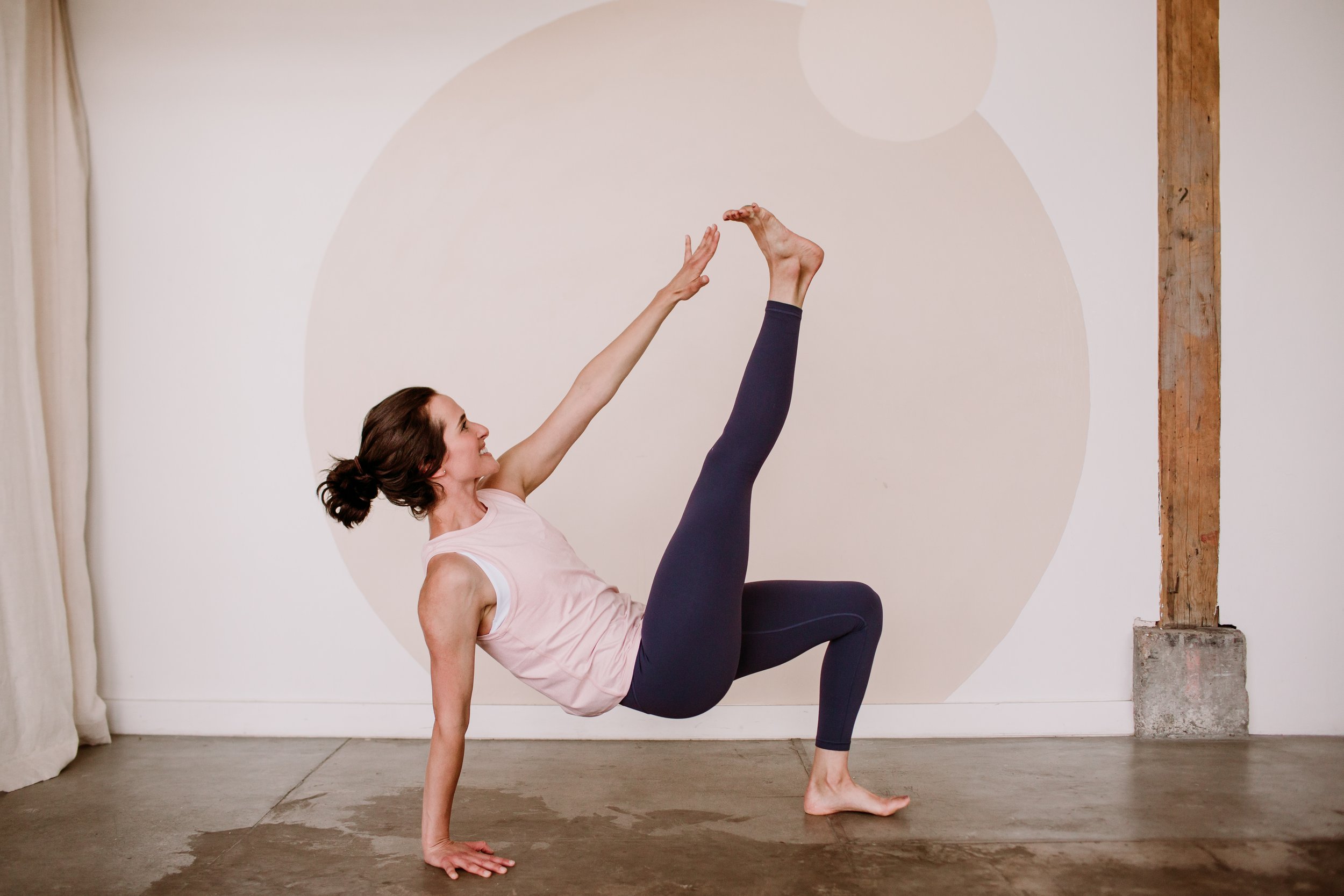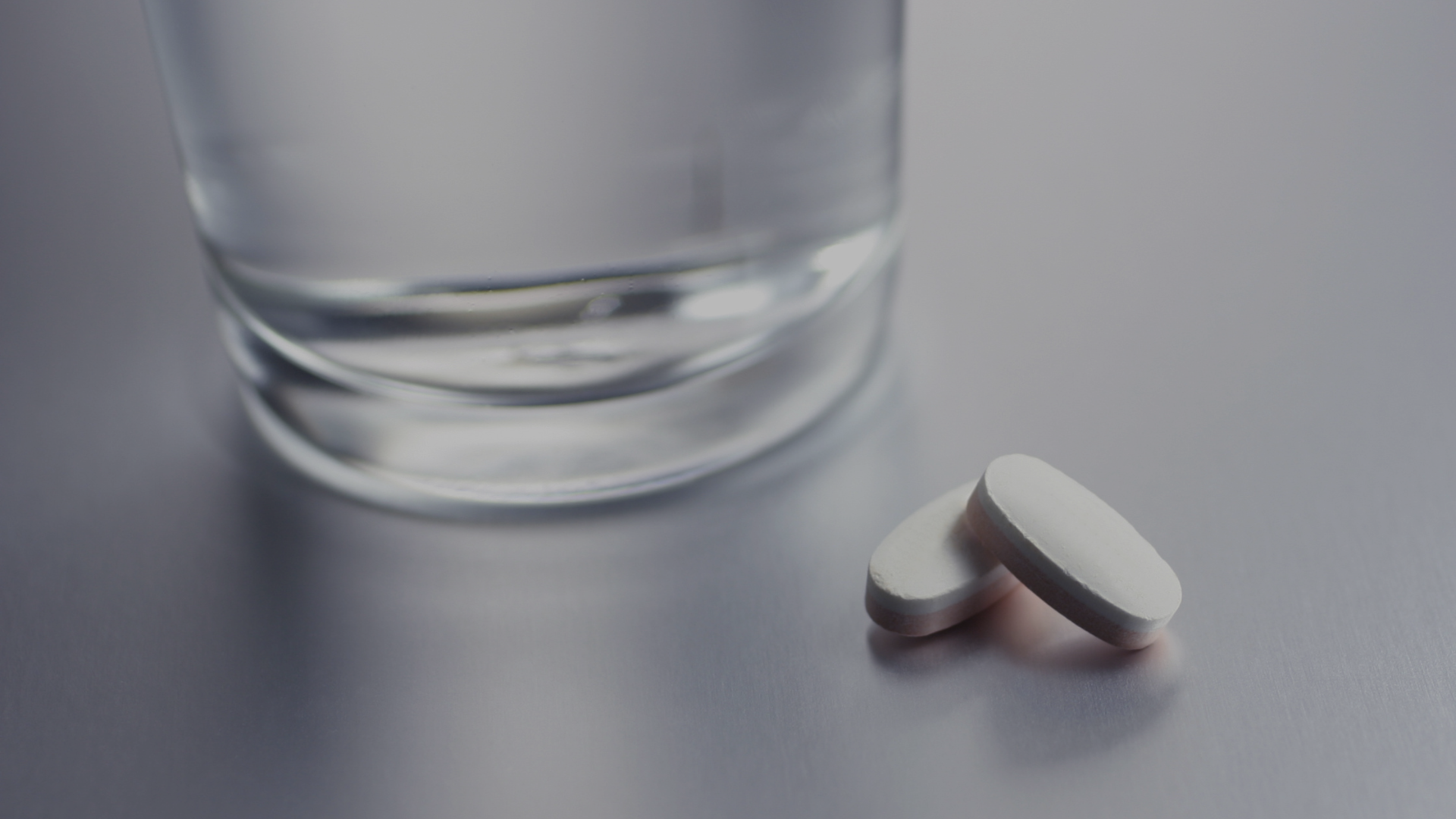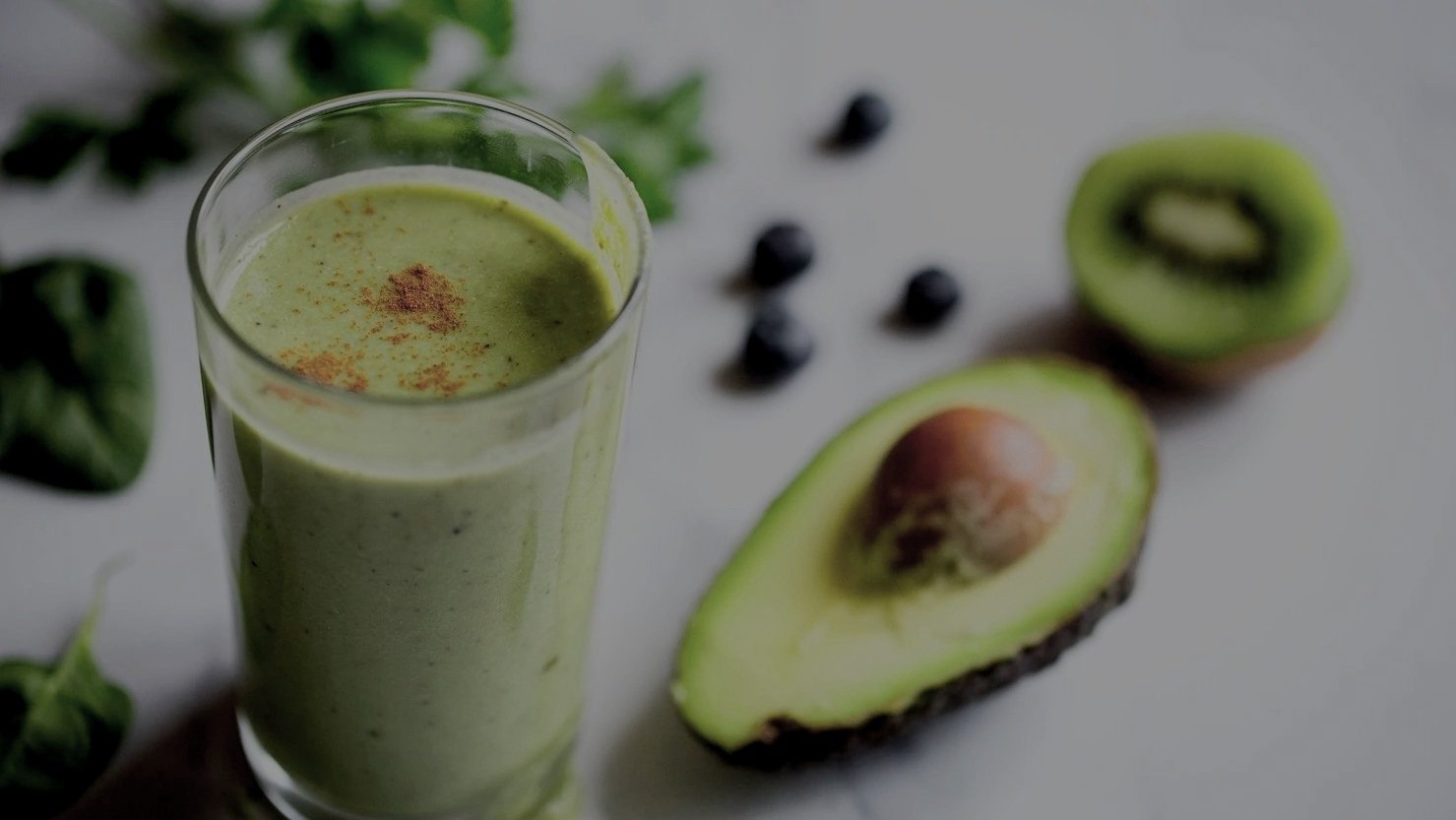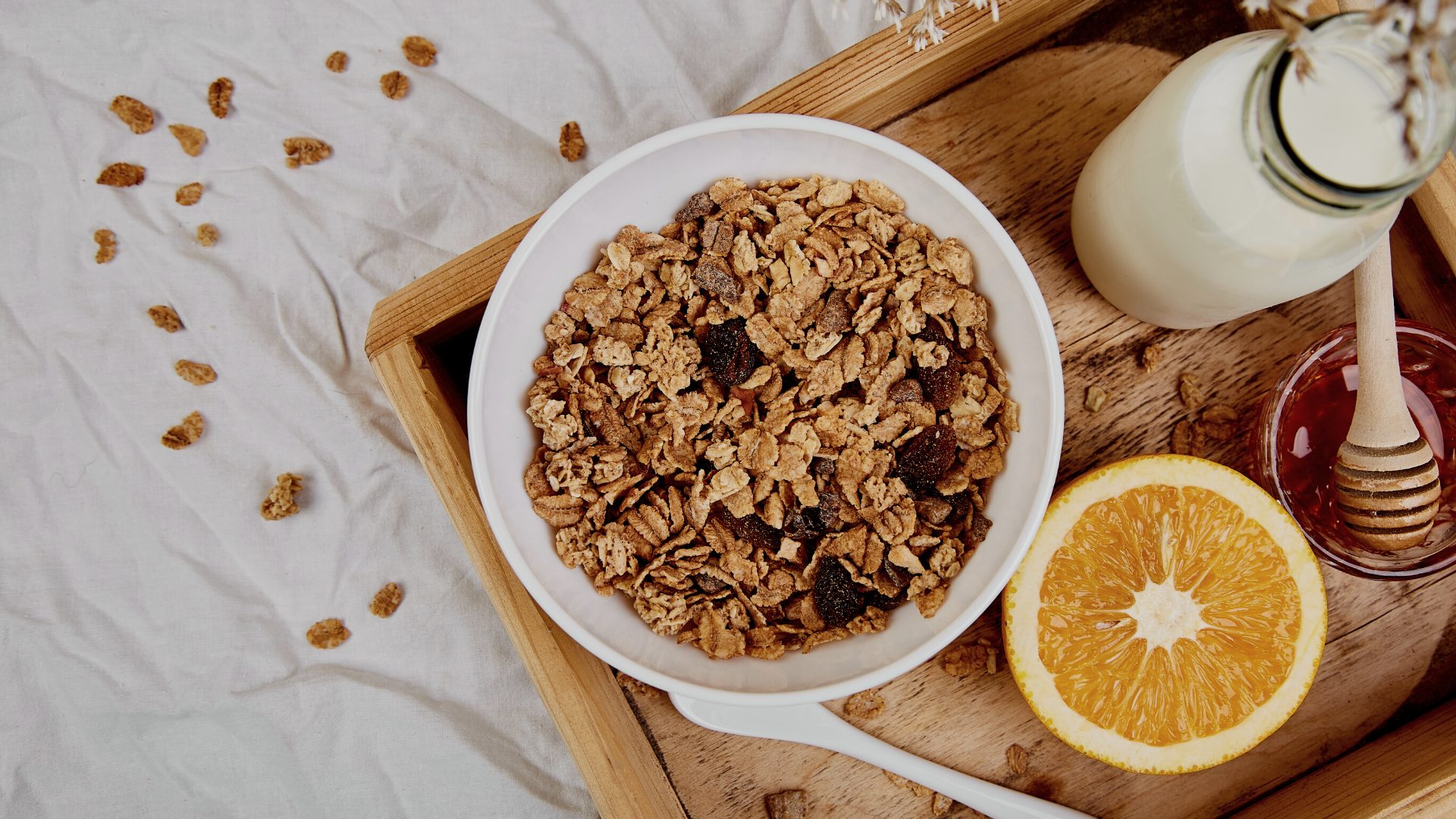
Welcome to the moon room.
Did you know you can leverage your hormonal chemistry and preserve your energy levels all month long?
The Moon Room is lunae collective’s one-stop resource for how to work out at home for women. Explore ways you can support your unique menstrual rhythm with movement.
Learn how to do high-intensity interval training (HIIT) the right way for better body composition, metabolic health, and sustainable weight loss. Avoid the common mistakes that most women make HIIT work for your female body!
Normally I don’t track my weight very closely, but my clothes are starting to feel tight and I am puffy all over. My joints are achy and my digestion is sluggish. It’s less about the weight and more about my mood and energy—heavy. This blog outlines my hormone-friendly approach to losing 10 lb without restriction.
Learn why women should develop a dedicated core and pelvic floor practice with a few key exercises to increase strength and awareness. Includes a FREE 12-minute core and pelvic floor workout!
Stuck in a Workout Funk? Discover why you might be hitting a plateau in your fitness routine and how to break through it!
Find a list of the most common fitness goals I hear from women with resources and practical guidance to help you crush them all! Learn how to support consistency, weight loss, building strength, stress relief, and more!
Most women will benefit from the occasional tracking exercise to get a better understanding of where they land on average. Still, I always encourage my clients to approach calorie tracking as an information gathering exercise, not as a measure of success or failure.
If you are a woman, muscle is your MOST valuable asset in aging. Whether you are in your reproductive years, moving through stages of pregnancy and childbirth, or transitioning through perimenopause, you simply can’t go wrong with strength training to make more muscle.
Did you know that your immune system cyclical and changes with your hormone fluctuations? For instance, you’re more likely to get sick in the second half of your cycle, especially during the onset of your period. This article will offer a high-level overview of your cyclical immune response with ways to cycle sync self-care for better health.
Cardiovascular conditioning has a place in any balanced movement practice and this blog will help you enjoy cardio workouts in a better, menstrual cycle-informed way. BONUS: FREE Guided Cardio Workout!
Perimenopause is the sometimes tricky transition between your fertile years and postmenopause. This blog teaches you how to adapt exercise to your hormones even if your menstrual cycle is hard to pin down. This is also a great approach to cyclical fitness for irregular periods or acute life stress. BONUS: Get a free perimenopause workout calendar!
The wide-ranging benefits of building muscle—especially for menstruating women—are no secret. This article explores the progressive overload principle in a strength training context for the purposes of increasing and maintaining muscle mass.
A periodized approach to exercise and nutrition results in greater body composition change than caloric restriction and exercise alone. The key is to reliably fuel your body during pre-workout and recovery windows and reserve your strategic weight loss efforts for the rest of the time.
Intermittent fasting might work for mice and men, but for menstruating women, this approach can often produce undesirable effects. Learn how to leverage your innate metabolic flexibility instead—no fasting is required to regularly flip this switch!
When you work with your brain chemistry and changing physiology, you can get creative with how you support your daily practice—everything from planting environmental cues to eliminating obstacles and getting crystal clear on what drives you.
The ovulatory phase is a very powerful time for menstruating women. This mid-cycle inflection point is a time to capitalize on your brain chemistry and continue building the foundations of a strong movement habit.
When brain fog sets in and energy levels are unpredictable, learn how to stay consistent with exercise during the luteal phase when your habits are put to the test!
The menstrual phase is an appropriate time for introspection when you have greater connectivity in the brain. Use the container of your daily practice to reflect on the progress you’ve made and celebrate all the ways you showed up for yourself.
With a few practical changes to food and fitness during the first and last weeks of your cycle, you can be on your way to reduced PMS and period pain.
Learn how to supplement strategically and use movement as medicine for cramps, headaches, and other menstrual malaise.
If you struggle with moderate to severe period symptoms, you’re most likely familiar with a variety of over-the-counter pain relievers which many women have come to rely on for menstrual pain.
In this post, you’ll learn exactly how NSAIDs work to reduce period pain and the underlying consequences that menstruating women face with prolonged use.
When it comes to working out on your period, the last thing you want to worry about is faulty protection, discomfort, and leaks. While tampons may still be the go-to for many menstruators, it might be time to jump on the trend toward a more sustainable option.
When you allow your workouts to mirror your natural energy fluctuations, all it takes is a few minor adjustments in timing, intensity, and style to help you remain active, destress, and more effectively reach your fitness goals.
Your pain-free and healthy period starts in the luteal phase. The investment you make in nutrition and recovery during your premenstrual days will pay dividends when your period arrives. Learn how to adapt diet, exercise, and lifestyle to reduce PMS and period pain.
While often associated with cramping and fatigue, the cyclical hormone dip during your period opens a unique window of opportunity for your fitness goals. Learn how to leverage your hormones and work out on your period.
Lean muscle mass plays an outsize role in overall health and becomes even more critical as we age. The elemental building blocks for this tissue are supplied by protein intake, but how much protein do women really need? This article explains how protein is metabolized and how demand changes with your hormones to help you audit your intake and make sure you’re getting enough.
The female body is an expertly designed system that supports the cyclical potential for life. As a result, a menstruating woman’s metabolism operates at a very high efficiency and varies throughout her cycle according to fluctuating hormones. This changing inner chemistry serves a unique reproductive mission, but it can also inform the way we nourish our bodies to support energy levels and vitality all month long.
This is a humble message of compassion for anyone struggling with infertility. I am sharing this story because I remember how amid the unspeakable heartache of an unanswered call to motherhood, I sought out tales of hope and light.
This is mine and as you might expect, it begins and ends with a love story.
Blood sugar levels influence everything from mood to weight management and cognitive function. And this matters for menstruating women because the way your body metabolizes carbohydrates varies throughout your cycle. You may experience more erratic blood sugar when high hormones are present and this contributes to PMS.
After receiving limited support from my doctor for type 2 diabetes prevention, I chose to challenge the prescribed course of action and course-correct with cycle syncing to reduce my blood sugar naturally.
If you are a woman, your blood sugar matters. There are practical ways to support your metabolism and overall health by addressing insulin resistance and they’re not as taxing as you might think—this just is another way to use cycle syncing to feel your best!
-
Information in this post and on this web site is provided for informational purposes only. The information is a result of practice, experience, and research by the author. This information is not intended as a substitute for the advice provided by your physician or other healthcare professional or any information contained on or in any product label or packaging. Do not use the information on this web site for diagnosing or treating a health problem or disease, or prescribing medication or other treatment. Information and statements regarding dietary supplements have not been evaluated by the Food and Drug Administration and are not intended to diagnose, treat, cure, or prevent any disease. Always speak with your physician or another healthcare professional before taking any medication or nutritional, herbal, or homeopathic supplement, or using any treatment for a health problem.






























This is your quick-start guide to hormone-friendly and menstrual cycle-informed exercise for women. It’s time to upgrade exercise from a fixed and prescriptive routine to intuitive self-care with workouts that are optimized for your female physiology.